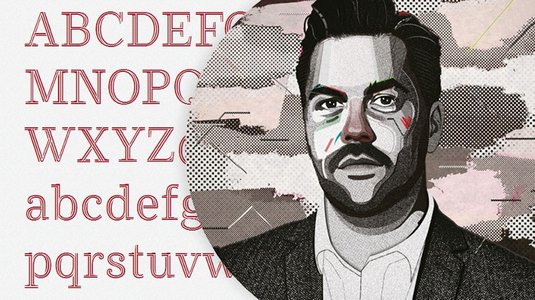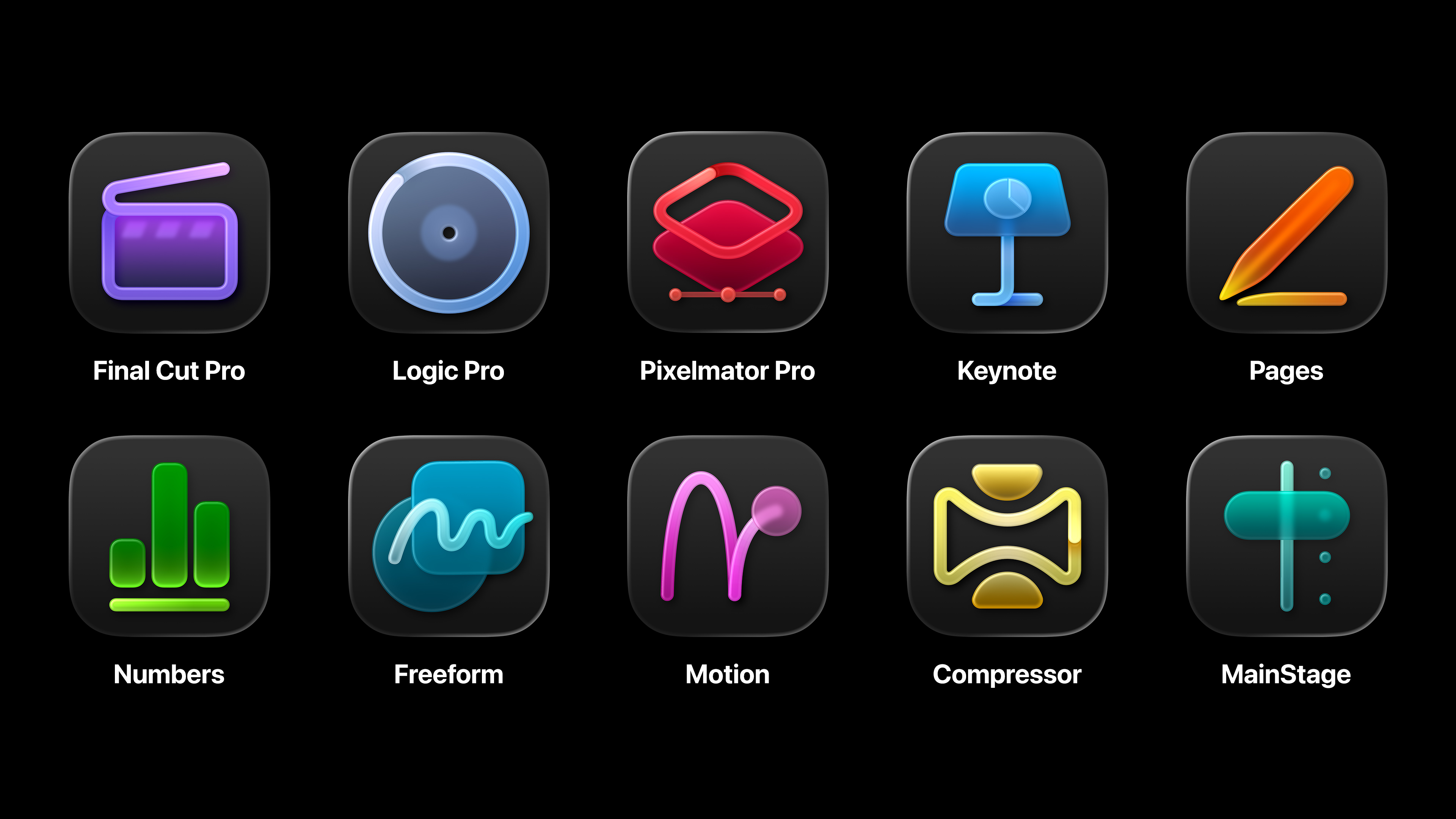9 traits of a great designer
Leading designers share the secrets behind their successful careers.
Industrial designers are one of the key players responsible for how products look, feel and behave. Some of today's most recognizable industrial designers include Marc Newson, Karim Rashid, Philippe Starck, Tom Dixon and James Dyson.
Each of these designers are extraordinarily successful for a reason, and it's no accident. Each has unique backgrounds and experiences, yet they're all great. Can we learn from the best creative directors and designers out there? What qualities make a great designer? I’ve come up with this list...
01. Observation
Great designers are curious and first and foremost, they observe, take notice and make notes of things others overlook. A designer loves the special moment when she finds somebody implementing a DIY solution to compensate for poor design.
Once you find shortcomings of a product, an underserved market, a new niche or opportunity enabled by new technology or by repurposing, you see the golden seed of great design. Observation is the most primitive and pure form of research. Research brings purpose to our actions. Designers observe.
02. Listening
Designers are listeners. Shakespeare wrote, "Give every man thy ear, but few thy voice." By actually listening, we can learn of what really matters to others rather than assuming we know what's best for those we design for.
An inflated ego might tempt designers to tell a client what he or she needs without listening. Good designers are able to listen to others wants and make sure that a product delivers what people truly want and are willing to spend their money on. Good designers listen.
03. Desire

Great designers have a desire to draw upon their observations then improve design standards. Whether it's human behaviour, poor design or a need for a new design, a designer must desire to improve what already exists or the evolution of design will cease. Desire drives action. Good designers desire change.
Daily design news, reviews, how-tos and more, as picked by the editors.
04. Context
Great designers understand context. Context is what enables us to make sense of things. Context includes details that allow us to decide if something is relevant.
A solution to a problem that isn't relevant in a given context is as good as no solution at all. For example, a can opener can literally save your life in some circumstances, yet is useless if you need to see in the dark. In that case, a flashlight makes more sense. A designer needs to design solutions that are appropriate given the context of the scenario the product will be used. Great designers understand context.
05. Solutions

Designers are responsible for finding solutions. All that observation and listening would be wasted if it didn't lead to a solution. When a designer has a goal or an objective, he or she is designing a solution to an existing problem.
In most cases, they should be designing solutions for problems people are willing to pay money for. If a design doesn't solve a problem, it's often considered a weak design. Great designers find solutions.
06. Communication
Without communication, solutions would remain in the mind of a designer and never have a chance to make a positive impact on the world. Designers communicate by sketching, making models, using computers, writing, speaking and any other tools necessary.
Communication skills are vital and understated requirements for working with a team to bring a concept to life. Great designers are great communicators.
07. Integration
A good designer will understand how to integrate his idea into the lives of his target demographic as well as integrating various technologies and aspects of a solution into a product.
Integration relies on context to ensure that a design will be understood, and be readily adapted by the end user. Great design is quickly adopted by consumers and is integrated into our lives. A great designer understands integration.
08. Consideration

Good designers have a consideration for the impact a design will make on others, the environment and economy. Green design is a term used when reducing environmental impact is a top priority for designers.
With the production of things and implementation of systems, all of which are often designed, come consequences. Great designers understand this and have consideration for those who will be affected by a design.
09. Unbound (by rules)
Great designers are unbound by rules. Designers need to understand social norms, expectations and limitations of manufacturing, marketing and other aspects of design implementation. However, rather than being limited by beliefs, precedents, and expectations, great designers are open to the less-than-obvious solutions to problems.
Rather than forming a belief of what a solution can or can’t be, a great designer will often ask, "What if?" and "Why not?". Designers often see rules as guidelines. This freedom of thought is what many call creativity. Great designers are unbound by rules.
Final thoughts
Great designers have an understanding of the world around us. They seek out solutions to real problems and have a desire to make the world a better place. Great designers know how to share their ideas and make them real.
Great designers are sensitive to how their creations will be integrated as well as the impact a solution may have on this earth. Great designers focus on how and why something might work, not why it won't work. Great designers are opportunists, catalysts of change and creators of experiences.
If you liked this, get in touch with me on LinkedIn and follow me for a new design article every Sunday morning! I aim to raise awareness of how design can make the world a better place and I wish to provide a window into the vast world of design.
Finally, you'd make my day by letting me know what you think of this article below and share this article with one person you know who enjoys good design.
